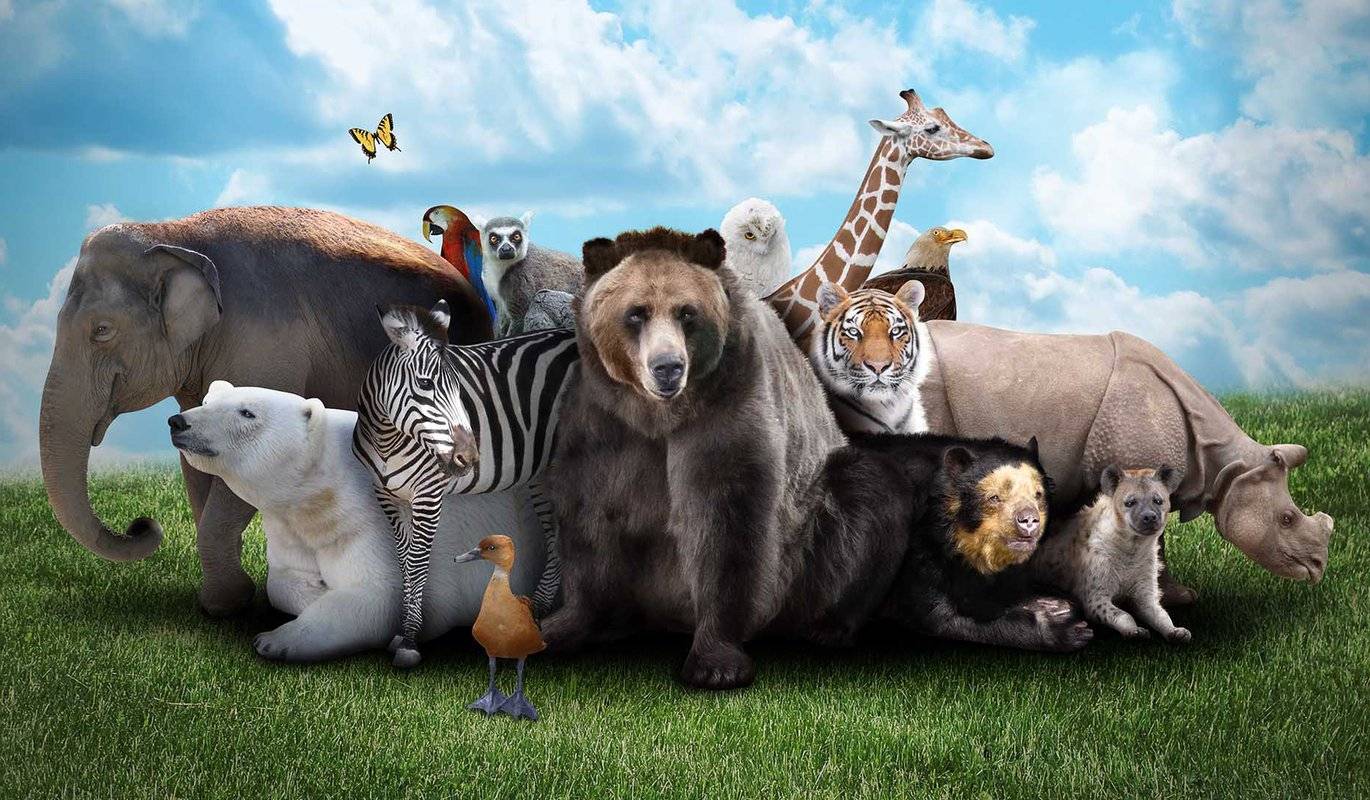Today we you guys will know about Animal kingdom by me.So let's get started.
The basic fundamental features such as level of organisation, symmetry, cell organisation, coelom, segmentation, notochord, etc. have enabled us to broadly classify the animal kingdom. Besides the fundamental features, there are many other distinctive characters which are specific for each phyla or class.
Porifera includes multicellular animals which exhibit cellular level of organisation and characteristics flagelled choanocytes. The coelenterates have tentacles and bear cnidoblasts. They are mostly aquatic, sessile or free-floating. The ctenophores are marine animals with comb plates. The platyhelminths have flat body and exhibit bilateral bilateral symmetry. The parasitic forms show distinct suckers and hooks.Aschelminthes are pseudocoelomates and include parasitic as well as non-parasitic roundworms.
Annelids are metamerically segmented animals with a true coelom. The arthropods are the most abundant group of animals characterised by the presence of jointed appendages. The molluscs have a soft body surrounded by an external calcareous shell. The body is covered with external skeleton made of chitin. The echinoderms posses a spiny skin. Their most distinctive feature is the presence of water vascular system. The hemichordates are a small group of worm-like marine animals. They have a cylindrical body with proboscis, collar and trunk.
Phylum chordata includes animals which posses a notochord either throughout or during early embryonic life. Other common features observed in the chordates are the dorsal, hollow nerve cord and paired pharyngeal gill slits. Some of the vertebrates do not posses jaws wheres most of them posses jaws. Agnatha is represented by the class, cyclostomoata. They are the most primitive chordates and are ectoparasites on fishes. Gnathostomata has two super classes, pisces and tetrapoda. Classes chondrichthyes and osteichthyes bear fins for locomotion and are grouped under pisces. The chondrichthyes aee fishes with cartilaginous endoskeleton and are marine, classes, amphiba, reptila, aves and mammalia have two pairs of limbs and are this grouped under tetrapoda.


